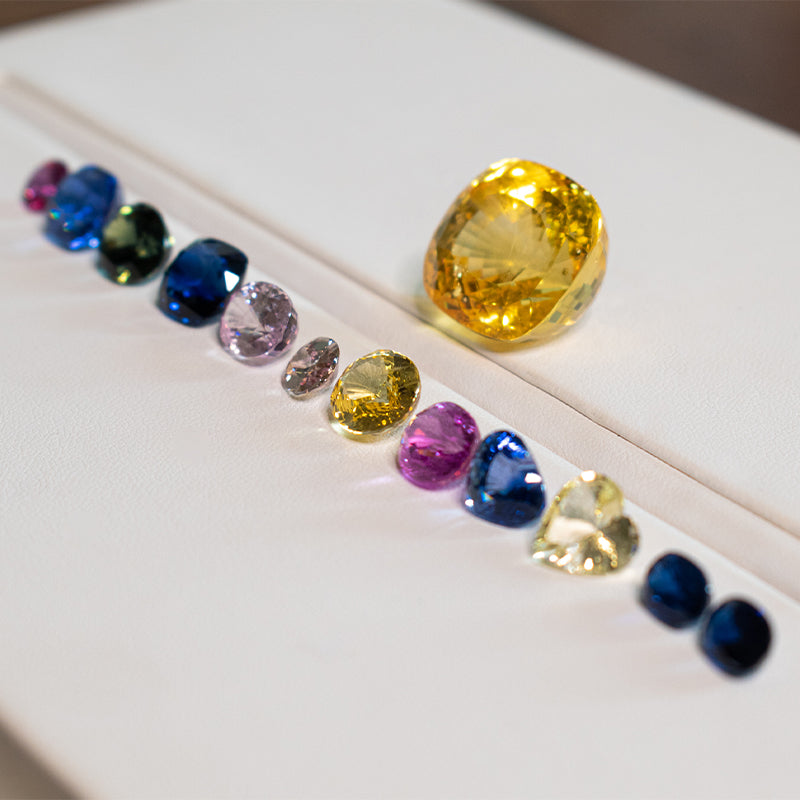
You may think “Lady Di’s” cornflower-blue engagement ring when you hear the word “sapphire”, and that clear, pure blue is the most conventional.
But how about the blushing pink petal of a lotus?
Or a brilliant yellow, believed to spike masculine confidence and enrich marital bliss?
There’s a lot to the sapphire than meets the eye.
Which one is right for you?
Celebrating Sapphires, Birthstone for September.
Sapphires are formed from corundum, a crystalline form of aluminum oxide typically containing traces of iron, titanium, vanadium and chromium.
Gem-quality red corundum is ruby.
Gem-quality corundum of any other hue, including colorless, is considered sapphire.
Sapphire is the birthstone for September, and has traditionally been associated with the planet Venus, although some scholars state that the sapphire’s name is linked to a connection with the planet Saturn as well.
Some sources identify sapphire as the stone of the apocalypse, while others maintain that the 10 Commandments handed down to Moses by the Almighty on Mount Sinai were inscribed on tablets of sapphire.
It is believed that King Solomon the Wise wore a sapphire ring.
A Brief Lesson in Language and Culture
The name “corundum” looks like Latin, but it’s actually derived from the Tamil-Dravidian word “kurundam”, appearing in Sanskrit as “kuruvinda”, meaning ruby-sapphire.
(Both rubies and sapphires are formed from corundum.)
Tamil is a Dravidian language natively spoken by the Tamil people of India and Sri Lanka, as well as other cultural groups. Tamil is the official language of the South Indian state of Tamil Nadu, as well as Sri Lanka and Singapore. In India, it is also the official language of the Union Territory of Puducherry. It is one of the longest-surviving classical languages in the world.
The Dravidian languages are a language family spoken by more than 215 million people, mainly in Southern India and northern Sri Lanka, with pockets of fluency elsewhere in South Asia.
All of this is relevant to our understanding the sparkling history of the sapphire, since the earliest and most cherished sapphires in history were discovered in India. Sapphires from Kashmir, Burma (now Myanmar) and Sri Lanka have historically been the most prized.
The Source of Sapphires
Corundum is found in igneous rocks, meaning rocks that are formed by fire (think of the word “ignition”, meaning to spark a flame!).
Igneous stones form when hot, molten rock crystallizes and solidifies.
When igneous rocks forming in magma cool slowly, large mineral crystals may be produced.
The formation of sapphires began approximately 150 million years ago.
Intense pressure and heat created sapphire deposits between 6 to 18 miles beneath the surface of the earth.
Before modern mining techniques were developed, weathering and shifts in the earth’s crust would occasionally reveal the gemstones in their natural state.
The first known sapphire deposits were found along the borderline where the Indian subcontinent pushed into the Asian landmass, resulting in extreme heat and pressure.
Over centuries, streams and rivers wore down the layers of soil to reveal the rich mineral deposits.
Today, sapphires are mined in Montana and North Carolina in the USA (slightly paler in tint than the traditional blue sapphire), as well as in Nigeria, Madagascar, Australia, China, Nepal, and many parts of South Asia.
How Sapphires Form
As always, timing is everything.
We know that sapphires form during the transformation of igneous rocks.
The more slowly the magma cools, the larger the sapphires will be, and there are nearly always changes in pressure and other minerals present while this process takes places.
When various natural compounds seep into the forming crystals, the corundum goes from white and transparent to any one of dozens of brilliant colors.
Sometimes, a sapphire may even display more than a single color within one gemstone.
“Cornflower Blue” is the name applied to the most familiar and most popular shade of sapphire. Titanium is the substance responsible for this vivid shade which has been set in royal crowns, scepters, armor and sacred objects from India and every part of Asia across Europe for many centuries.
Many cultures believed that the blue sapphire could literally protect the wearer from harm, repelling the blows of enemies.
This tone is what most people think of when they think of sapphire. But it’s not the only color available by any means.
Different mineral combinations can result in differing colors of sapphire.
When iron is present, the sapphire will take on a fantastic yellow shade reputed to bring martial harmony, and enhance male confidence.
When vanadium is in the mix during the formation, the sapphire can take on a majestic violet tone.
Today, pink sapphires are enjoying a huge spike in popularity, and topping the list is the deliciously orange-pink Padparadscha, named for the blushing petal of the lotus. These may be considered more modern, feminine, and versatile choices when choosing a sapphire stone.
As it develops every sapphire takes on a unique look and color, and will almost always contain impurities called inclusions.
Although a perfectly clear stone is the gemologist’s dream, the fact is that inclusions identify the stone as genuine.
When purchasing a loose stone or a piece of high jewelry, expect the gem to be “eye clean”, meaning that it looks clear without magnification.
Closer examination with a loupe will reveal flaws, but these do not necessarily lower the value of your sapphire. With very few exceptions, only lab-made (synthetic) sapphires are absolutely free of inclusions. They are in a sense the unique thumbprint of the stone, and its remarkable journey from the primal, fiery crucible at the earth’s core.
Sapphire registers as a 9 on the Mohs scale, so the only harder stones on the planet are moissanite and diamond, at 10.
Chemically speaking, this remarkable degree of hardness is the result of strong and short oxygen and aluminum bonds during formation in the earth.
The natural hardness of the sapphire makes it an ideal stone for any piece of jewelry, as it will resist chipping and fractures.
Typically, sapphires form in a barrel or cigar-shapes, tapered at the ends and larger in the center. They can then be shaped and faceted into a wide array of cuts and shapes.
Sapphires may also, on rare occasions, display what is called asterism, of the formation of a six-rayed star.
For example, the Smithsonia National Museum of Natural History in Washington, D.C. is home to the 330-carat “Star of Asia”, a round, cabochon, star-sapphire of riveting, deep blue.
This stone originates from the Mogok mines of Burma (now Myanmar).
Its provenance is unclear, but lore maintains that this gem once belonged to the Maharaja of Jodphur, a dynasty known as the Kingdom of Marwar which began its recorded history in 1226 C.E.
The history of this remarkable stone prior to that time is unknown.
An even larger star-sapphire, known as the Star of India, weighs in at 563.35 carats. It is one of the largest gems of its quality known in the world today.
This velvety, gray-blue treasure displays its clear, sharp star on both sides, and is kept under lock and key at the American Museum of Natural History in New York City.
Nearly flawless, it was mined in Sri Lanka.
Its history is largely unknown.
Mineralogist and Tiffany gem expert George Kunz was commissioned by tycoon financier J.P. Morgan to acquire a gem collection for an exhibition at the Paris Exposition of 1900. This remarkable gem was among the stones that Kunz procured for Morgan. In 1913, Kunz wrote that the Star of India “has a more or less indefinite historic record of some three centuries.”
The golf-ball-sized stone was stolen, along with several other priceless gems in 1964. The thieves confessed and the Star of India, which was then uninsured, and several other stolen gems, were recovered from a bus-station locker in Miami.
How do you feel about sapphires?
Many modern romantics fell in love with the cornflower blue sapphire when Britain’s Prince Charles presented Lady Diana Spencer with a blue sapphire engagement ring in 1981.
She wore it as her “something blue” for wedding-luck.
The ring consists of a 12-carat oval blue Ceylon sapphire set in 18-karat white gold, created by Garrard, who was then jeweler to the Crown.
Diana picked out the ring herself from Garrard’s catalog, and the identical rings were available for public purchase. Prince William later placed his mother’s ring on the finger of Catherine Middleton in 2010.
Referencing Middleton’s non-royal family of origin, some British society gadflies then dismissed the ring with its large stone ringed by 14 diamonds as the “Commoner’s Sapphire.”
We disagree. No sapphire is common, and in fact each is unique.
Stylin’ your sapphire
There are SO many ways to bring more joy into your life with the amazing, juicy colors of precious sapphires!
O-O-H, LA-LA ! If you feel that a blue-stone engagement ring is a bit conservative, offer your bride-to-be a French bracelet set with 11 carats of deep blue sapphires set in 18karat white gold.
The icy-clear center lattice of white gold blazes with 1.05 carats of round white diamonds.
It’s fresh way to wear “something blue” as part of your wedding ensemble, and is a remarkable addition to any outfit, especially something with a sleek, Art Deco vibe.
But why be blue? Our “Love Me Tender” Padparadscha Sapphire and Diamond ring is romantic, sweet and modern, with a 2.12 carat oval sapphire in the world’s favorite new flesh-coral-pink-orange shade, set in white gold with diamonds. Perfect as a birthday gift in September, as a stunning Christmas stocking-stuffer, or an especially sweet Valentine.
Looking to get creative this Rosh Hashanah? Check out the unset stone we call “Heart of Gold”, a 3.50 carat, butter-yellow sapphire cut in the shape of a heart.
Perfect to celebrate the woman in your life, as you embark on 5781, a new year, a new journey. Wife, mother, daughter—what’s not to like?
Call us to discuss design, and we’ll create a custom setting just for you.
Mazel Tov!

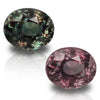 Alexandrite
Alexandrite Amethyst
Amethyst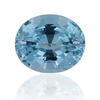 Aquamarine
Aquamarine Chrysoberyl
Chrysoberyl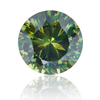 Demantoid
Demantoid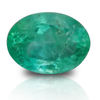 Emerald
Emerald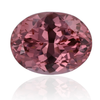 Garnet
Garnet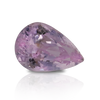 Kunzite
Kunzite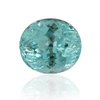 Paraiba
Paraiba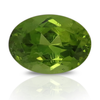 Peridot
Peridot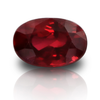 Ruby
Ruby Sapphire
Sapphire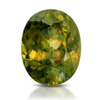 Sphene
Sphene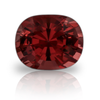 Spinel
Spinel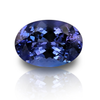 Tanzanite
Tanzanite Topaz
Topaz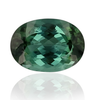 Tourmaline
Tourmaline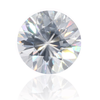 Zircon
Zircon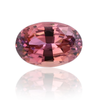 Zoisite
Zoisite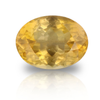 Rare Gemstones
Rare Gemstones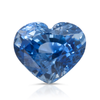 Heart Shape
Heart Shape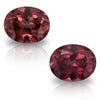 Matched Duo
Matched Duo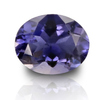 Everyday Candy
Everyday Candy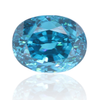 Insta Therapy
Insta Therapy Mini-Splurge
Mini-Splurge